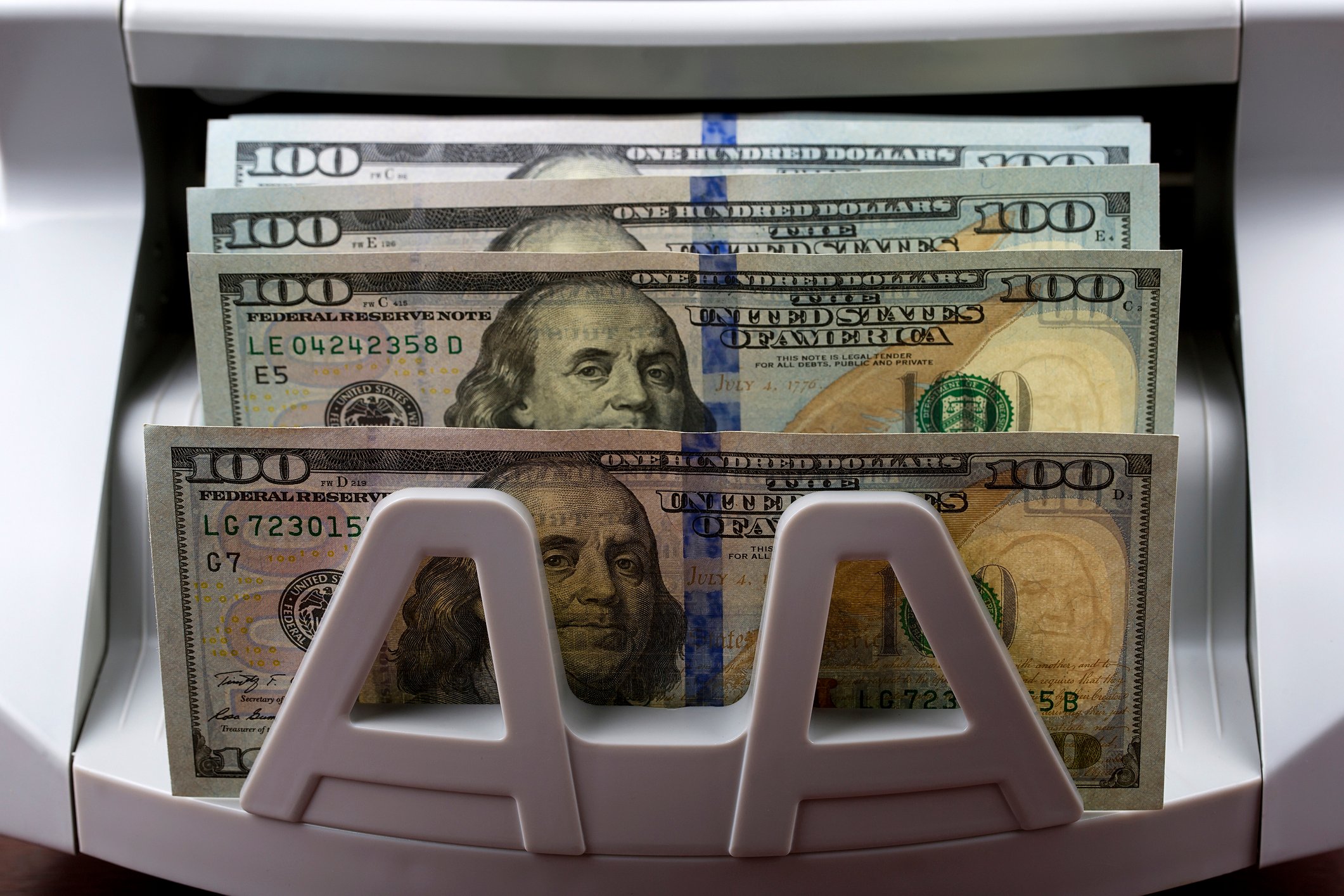Many investors love dividend stocks. But to know how dividend stocks pay their investors, you have to understand what's known as the ex-dividend date. If you know the implications of ex-dividend dates for stocks, you'll avoid basic mistakes that can hurt your overall returns.
What is an ex-dividend date?
When you buy a stock that pays a dividend, there are two important dates to consider. The first date is the record date. This is set by the company when it declares its dividend, which it does each quarter. The other date is the ex-dividend date, also known as the ex-div date. This is set by the stock exchange listing the stock or by the National Association of Securities Dealers, if the stock trades on NASDAQ.
You are only eligible to receive a stock dividend if you own the stock on the record date. This does not mean you can receive the dividend if your order to buy the stock is filled on the record date. You only actually own the stock after your transaction has settled, which normally happens on the third day after the order is filled, known as T+3. In other words, if your transaction is filled on Monday, your stock settles on Thursday. That is the day your money is exchanged for the stock you purchased.
The exchange sets the ex-div date, generally two days prior to the record date. Any shares that trade on the ex-div date trade without the dividend. If the record date is Thursday and your order is filled on Monday, you will be entitled to the dividend because your stock will have settled on the record date. The first date on which you will not be entitled to the dividend is Tuesday because any transactions filled on Tuesday will settle on Friday -- after the record date.
Why the ex-dividend date for stocks matters
When a company pays a large dividend, the market may account for that dividend in the days preceding the ex-div date by a rise in the price of the stock. This is because buyers are willing to pay a premium to receive the dividend. However, on the ex-div date, the exchange automatically reduces the price of the stock by the amount of the dividend. If the dividend is $1, and the stock had been offered at $40 and bid at $39.50 the day before, on the ex-div date the offer price and bid price will be adjusted to $39 and the bid to $38.50 to account for the fact that the dividend is not included. When this happens, the stock is said to have gone ex-dividend and is often marked with an "x" in the quote systems and newspaper stock price listings.
Most exchanges also adjust limit orders to account for the stock price going ex-dividend. If you have an order to buy stock at $39, it will be adjusted to be an order to buy at $38 to account for the fact that you had placed the order to buy when it would have included the dividend. Adjusting the limit price prevents the accidental triggering of the order when the stock price is changed on the ex-div date. However, if you don't care, you can mark your limit orders "DNR" or do not reduce, which tells the exchange not to adjust the limit price.






